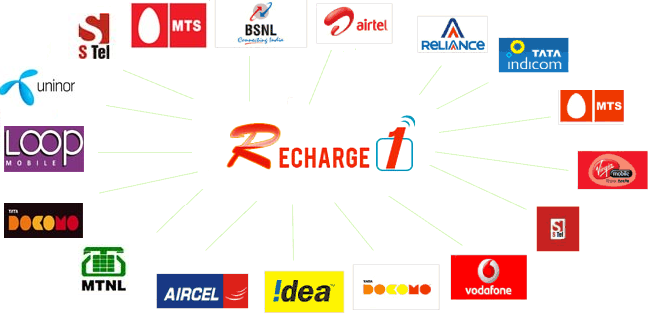Groups of threads

A key objective of the design is compatible with MIDP MIDP3. Sun created Java ME in order to run on devices with low memory, limited graphics, which can be compatible with multiple operating systems. They created Kauai virtual machine KVM, which needs 10% of the resources required by the Java virtual machine JVM. The end result was to build Java ME three high level components that meet a wide range of solutions:1 Configurations2 Profiles3 Optional: Among the facilities Java SE Java Standard Edition that was dropped in Java ME are: reflection and advanced control threads Loader's for user-defined aircel mobile recharge classes Java Native Interface Complete automatic objects.
Configurations Defined configurations are the basic similarity between the categories of devices in terms of allocated memory, CPU power and network connectivity. A configuration is the specification of a JVM and a set of base class libraries needed which are mostly simplified versions of desktop equivalents. There are currently only two configurations: The Connected Limited Device Configuration CLDC aimed specifically mobile phones, two-way pagers and PDAs low-level. Connected Device Configuration CDC aimed at with more memory, better mobile recharge api network connectivity and faster processors.
Most phones do not use CDC configuration, although aircel mobile recharge devices there is some Symbian phones that are Java-based CDC. Most mobile applications using MIDP/ CLDC. So far there have been two versions of the CLDC, the most recent being CLDC 1.1. Most mobile phones shipped since 2003 contain version 1.1 of CLDC.
CLDC 1.1 includes, among other updates, support for floating-point operations through the introduction of class float and double, appointments and interrupt threads. The mobile recharge api minimum memory requirement was also increased from 160 KB to 192 KB. Profiles are the top level of configuration and allowed to be adapted and specialized for a particular class of devices in a growing market, such as mobile phones.
A profile defines effectively a contract between an application and of the same type, typically by including class libraries that are more specific to those available in any special configuration. Figure2 profiles CLDC Figure2 shows the three profiles that extend far CLDC. Mobile Information Device Profile MIDP is the most prevalent. Information Module Profile IMP is targeted at small devices may not have any interface devices such as parking, phone booths, and food machines.
Digital Set-Top Box Profile is targeted cable television market. Applications that use MIDP libraries are called Midgets. MIDP defines the basic functionality that mobile applications can master for example, the user interface UI, local storage and network connectivity and specifies also the application life cycle management. Original MIDP was started in November 1999 Even if you get libraries for aircel mobile recharge games that did not stop hundreds of titles being written and sold worldwide.
